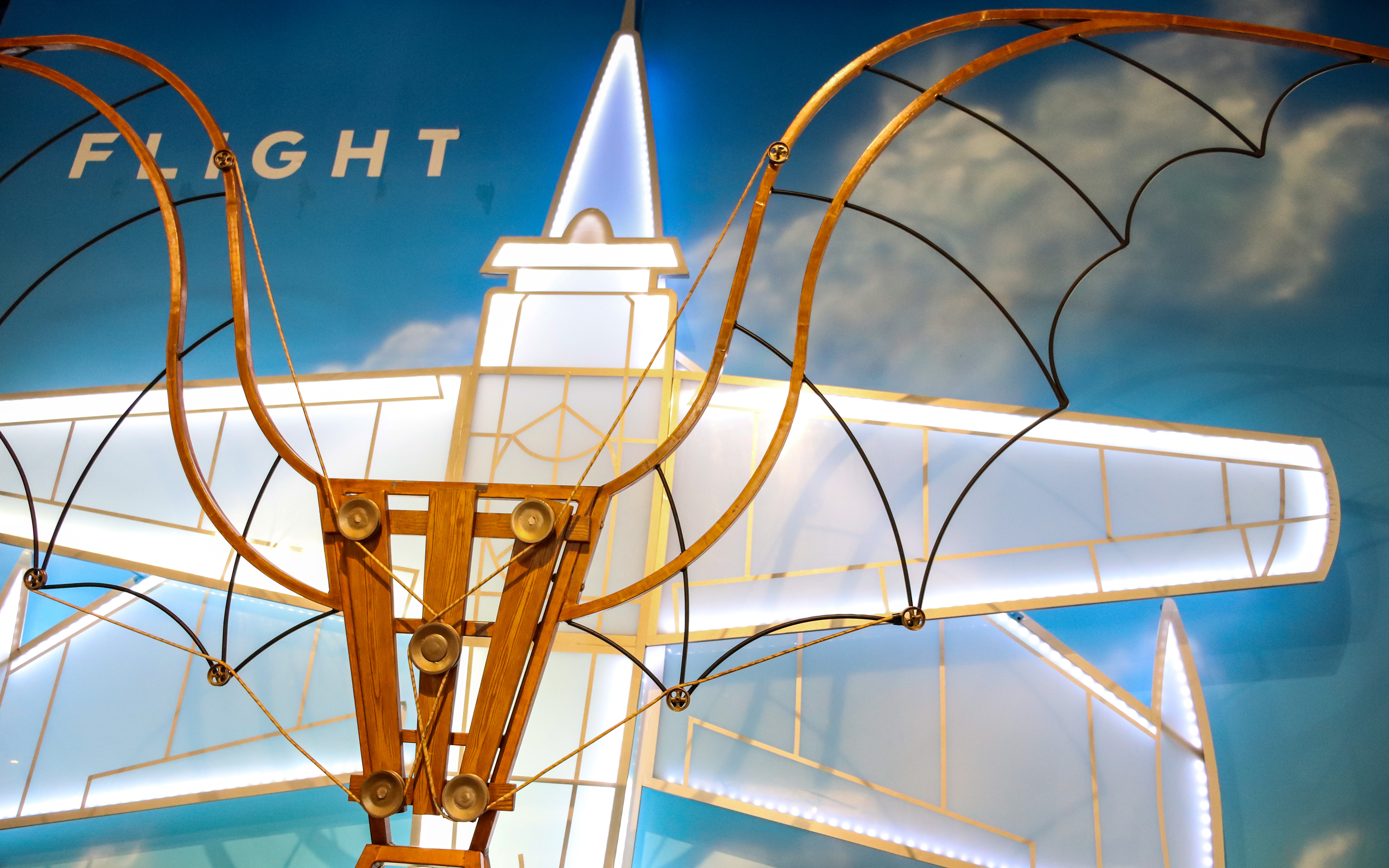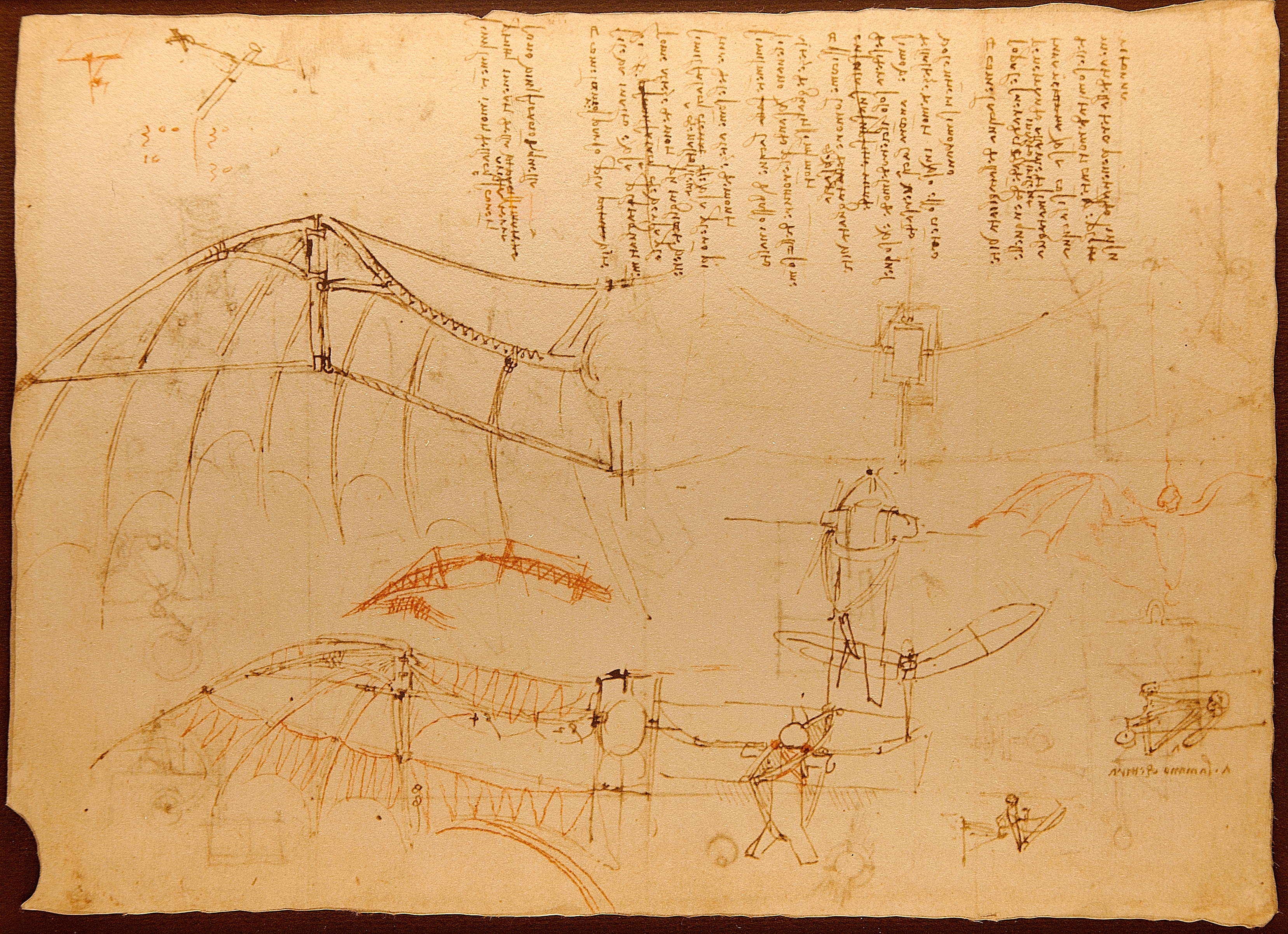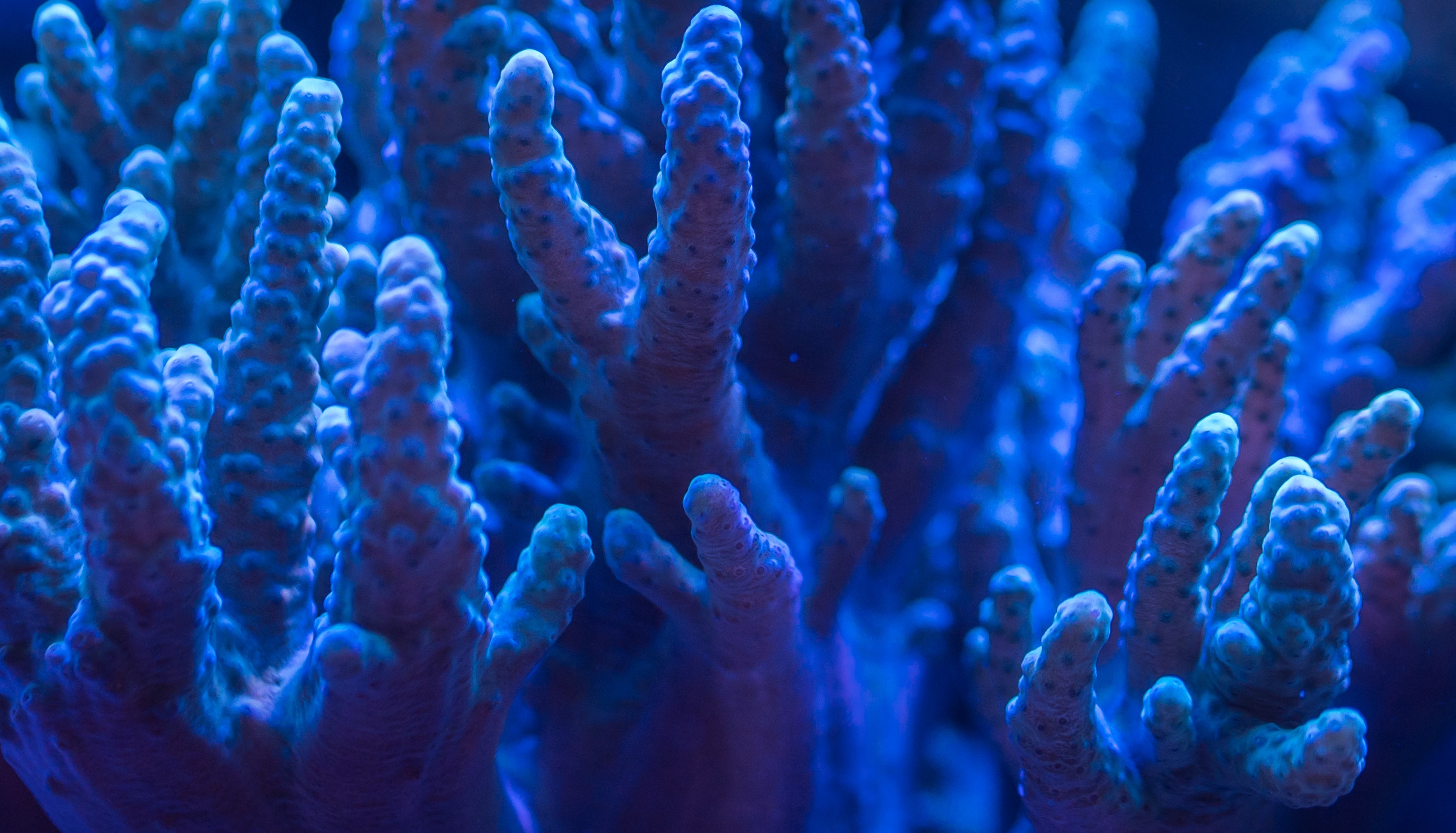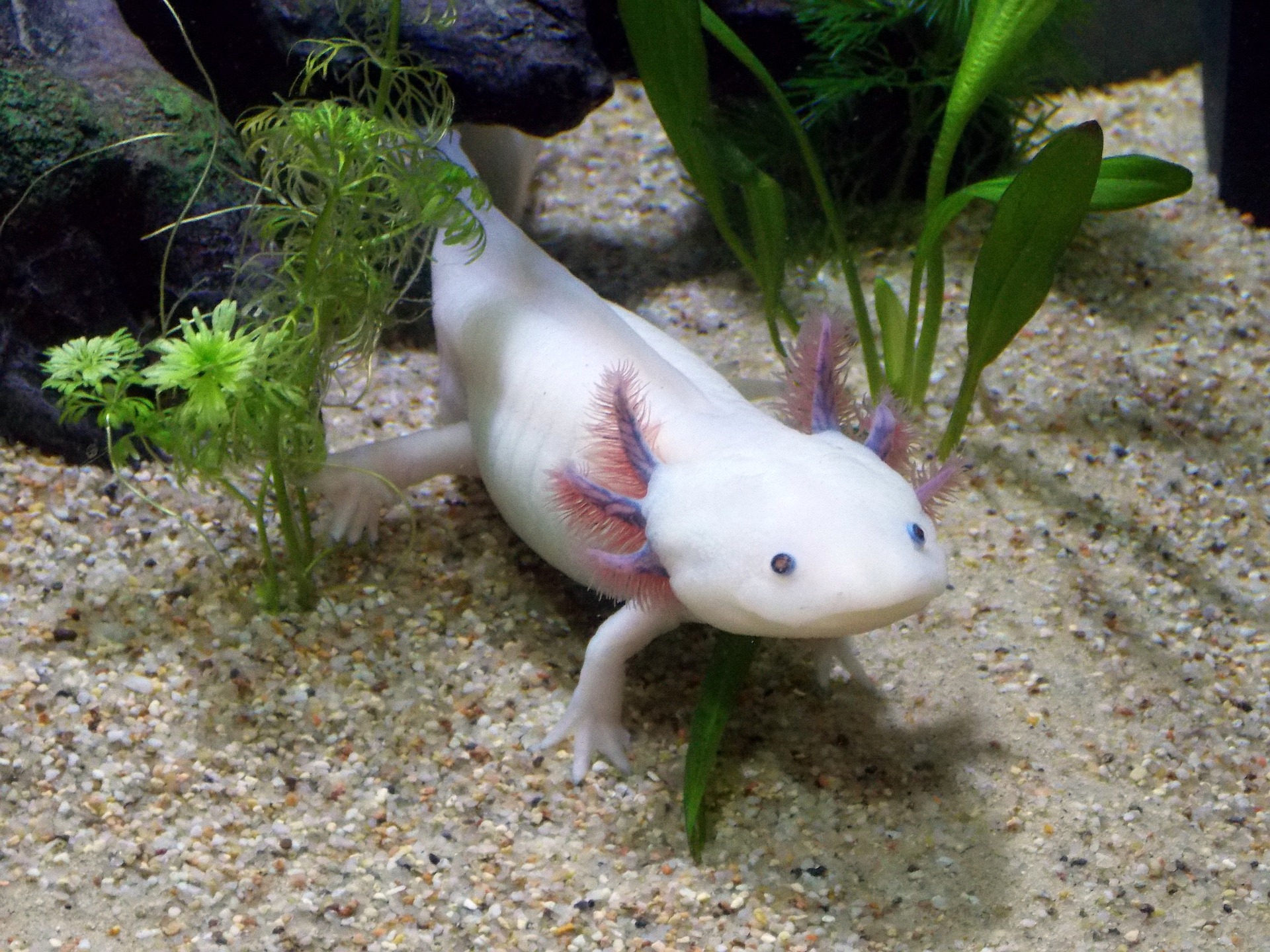Scientists, engineers, and architects use biomimicry to stay on the cutting edge of design
As scientists, engineers, and architects create new technologies, they constantly draw inspiration from the greatest inventor around; nature. While many ideas and inventions pull from the natural world unintentionally, an increasing number are turning to the field of biomimicry to aid in their research. Earth has been developing life for the past 3.7 billion years; far more research and development than any modern inventor could ever hope for. Using survival strategies found in plants and animals as a jumping-off point can help advance modern technology at a rate faster than any effective brainstorm ever could.
Listen to the Conversation:
Biomimicry and Modern Technology
Excerpt from JayMac News Show
Listen live every Monday at 2pm


Here are 10 inventions- past, present, and future – that scientists, engineers, and architects have borrowed from nature, and the unique advantages each has.
1. Leonardo da Vinci’s Flying Machine – 1485


Well over 500 years ago, Leonardo da Vinci was developing plans for a flying machine. With nothing remotely similar in circulation, his inspiration had to come from the world around him. Mimicking the shapes of bird and bat wings, he was able to design a concept that, while ineffective, would inspire others for hundreds of years to come.
2. Camouflage – 1890
Sir Edward Poulton, a British zoologist and early adopter of Darwinism, believed that animals mimicked their environments for safety and proposed this as proof for natural selection. In his 1890 publication, The Colours of Animals, he describes this theory and suggests how humans could harness this same technology. While camouflage has changed and improved over the years, most of its many interpretations have been borrowed from nature.
3. Velcro – 1941
George de Mestral, a Swiss engineer, turned an inconvenience into an opportunity while out on a hunting trip in the early 1940s. While walking through the hills, he noticed cocklebur seed capsules sticking to his clothing as he walked past. After closer inspection of the burs and their hooks, he developed and patented the hook-and-loop design currently known as Velcro.
4. “Passive” Air Conditioning – 1996
Operational for over 20 years now, the Eastgate Complex in Harare, Zimbabwe has been a leader in building cooling technology since it’s conception. Designed after a termite mound, the building using “passive cooling” technology to consume 90% less energy than modern air conditioning. Further research has shown that other models may be even more effective and prototypes are currently being designed.
5. Medical Staples – 2014
A current leader in many different biomimicry technologies, the Karp lab has drawn inspiration from porcupine needles in their design for a more secure medical staple. Sutures closing dangerous wounds need to be as sturdy as possible. By mimicking the unidirectional barbs found in porcupine quills, the Karp lab has created a design that will hold in soft tissue far more effectively than other staples have before.
6. Japanese Bullet Trains – 2016
The Hokkaido Shinkansen, the latest iteration of Japan’s famous bullet trains, is based on the face and beak of the King Fischer bird. These trains are known to reach speeds in excess of 300 km/h and have an impressive track record boasting 0 fatalities in their greater than 50-year history.
7. Whale Fin Wind Turbines – 2018
For the past 10 years, Whalepower Corporation has been doing research, starting in a Harvard lab and growing into a company, to revolutionize wind power. Drawing inspiration from bumps on the leading edge of humpback whale fins, the engineers at Whalepower have designed turbine blades that channel air around artificial tubercles. This maximizes the blades ability to operate in low/infrequent wind, while maintaining their ability to function in high wind as well.
8. Woodpecker Football Helmets – 2018
When designing a new football helmet to help with chronic prevalence of CTE in the NFL, the team at VICIS turned to the humble woodpecker. These amazing birds spend a lot of time hitting their heads against hard objects, without any serious repercussions. After creating an impact absorption system mimicking the soft tissue surrounding the skull of the woodpecker, they are confident they have a product that will help decrease injury in athletes engaging in high-impact sport.
9. Hydrodynamic Green Energy Solutions – Currently in Development


Currently in late stage development, the bioWAVE aims to harness the fluid dynamic power of waves and convert it into electricity. Designed after coral, the structure is able to be pushed back and forth by shifting tides. This will have major advantages over other sources of green energy as it will provide more constant energy production than either wind or solar.
10. Biohacking Limb Regeneration Technology – Currently in Development


Researchers in labs around the world are pulling inspiration from an aquatic salamander, the axolotl, in designs for medical technologies to aid with regeneration of damaged or removed limbs. This create can regrow lost limbs over the course of a few weeks, complete with soft, cardiac, and neuronal tissue. By sequencing and searching the axolotl genome, scientists are learning how we may be able to use this technology for ourselves in the future.
JayMac’s Science Class
Hear the latest in science every week as the JayMac News Show hosts our own Luke Gangi-Wellman for eye opening conversations in the studio.
Live Mondays at 2pm
The Leonardo Summer Camps
Find the perfect camps for your scientist today!

